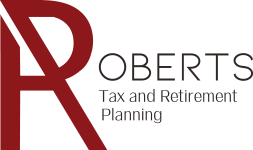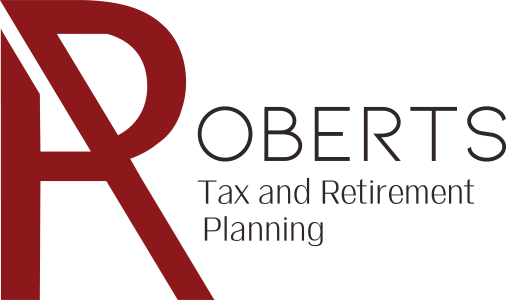For years, you’ve considered yourself a fairly savvy investor, making sure you started contributing to your employer’s 401(k) from the get-go and even opening an IRA.
Now, after many years of maxing these accounts out, you’re on track to meet your retirement goals. More importantly, you transferred 401(k)s into a number of rollover IRAs as you changed jobs over the years. What’s more, you started a Roth IRA so you could benefit later with tax-free withdrawals during retirement.
Still, for a lot of workers fortunate enough to have a employer-sponsored retirement program, a large percentage are not doing enough to build their portfolios to provide the kind of lifestyle they are expecting in those Golden Years—Vanguard notes that only 10% of the 401(k)s they hold as fiduciaries are actually being maxed out.
Furthermore, in a 2016 report from the Government Accountability Office, 41% of median households, age 55-64, did not have any savings. What’s needed, says the National Institute on Retirement Security (NIRS), is that we all must save as though “retirement is imminent.” Do so, they encourage, even if the amounts are small. Their report states that where a household is headed by someone nearing retirement the amount of savings is minimal with a “median of $14,500.”
It’s crucial, notes the Wall Street Journal, that investors start saving early-on to take advantage of the powers of compounding:
Suppose, for example, you start saving today $100 per month over a 40-year period, which compounds monthly at a 5% rate of return. At the end of 40 years, in 2053, your $48,000 contribution ($100 per month for 480 months) will have grown to approximately $152,602.
Contact us to learn more about retirement planning, and how our professional counselors can assist in mapping out your goals—including tax planning strategies.







